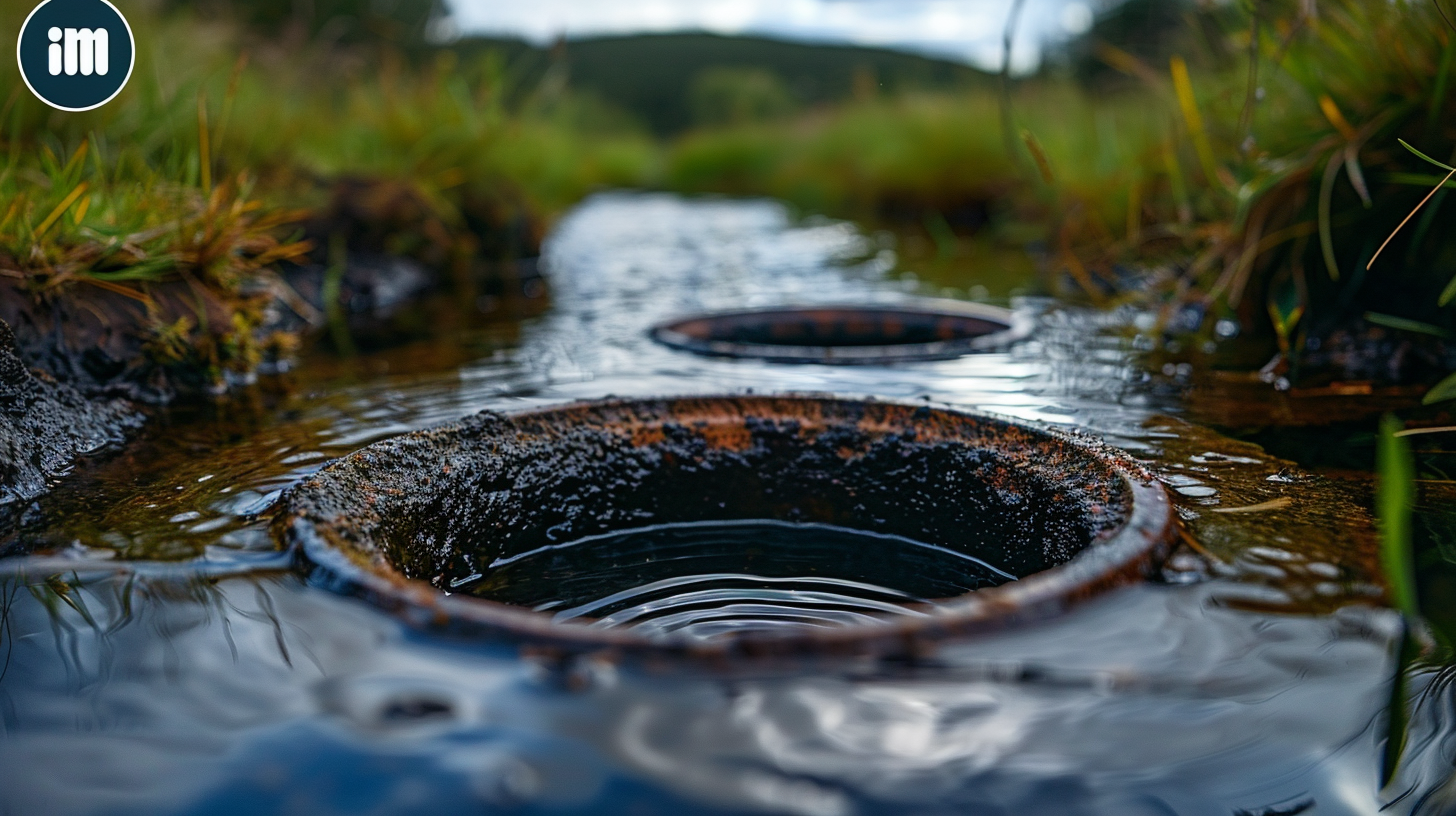Key points
Contents
- 1 Key points
- 2 Importance of Regular Maintenance
- 3 Simple Steps to Stay Safe During Septic Maintenance
- 4 Signs of a Clogged Septic System
- 5 Understanding the Difference: Septic Tank vs. Line Blockages
- 6 Tools and Materials Needed for Unclogging
- 7 Locating the Blockage
- 8 Inspection of the Main Drain Line
- 9 Using a Drain Cleanout to Find Problems
- 10 How to Clear Blockages
- 11 Simple Steps to Stop Clogs Before They Start
- 12 Finding Your Septic System’s Opening
- 13 Checking Out How Big the Blockage Is
- 14 Using Augers and Snakes to Clear the Line
- 15 Dealing With Stubborn Blockages
- 16 Post-Unclogging Line Inspection and Testing
- 17 Understanding the Role of the Drain Pipe
- 18 How to Unclog a Drain Pipe
- 19 Easy Ways to Keep Your Drain Pipe Unclogged
- 20 Fixing Usual Problems with Your Septic System
- 21 Frequently Asked Questions (FAQ)
• Evaluate the Problem: Before you deal with a blocked septic tank, figure out what’s causing the trouble. It could be a jam in the inlet or outlet pipes, too much sludge, or maybe the tank’s just full. Remember to put safety first; wear the right gear and stay clean from sewage.
• Clearing Methods: You might need to use tools like an auger or a plumber’s snake to get rid of pipe clogs. If it’s a tank issue, you’ll probably have to pump it out, but that can be tricky and usually calls for expert gear, so tread carefully.
• Avoid Future Blockages: Keeping up with regular maintenance is crucial to stop septic tank troubles before they start. This means getting the tank pumped out every few years, not using too much water, not flushing stuff that won’t break down, and keeping grease and nasty chemicals out of your drains. Stick to these practices to help your septic system last longer and keep clogs at bay.
Importance of Regular Maintenance
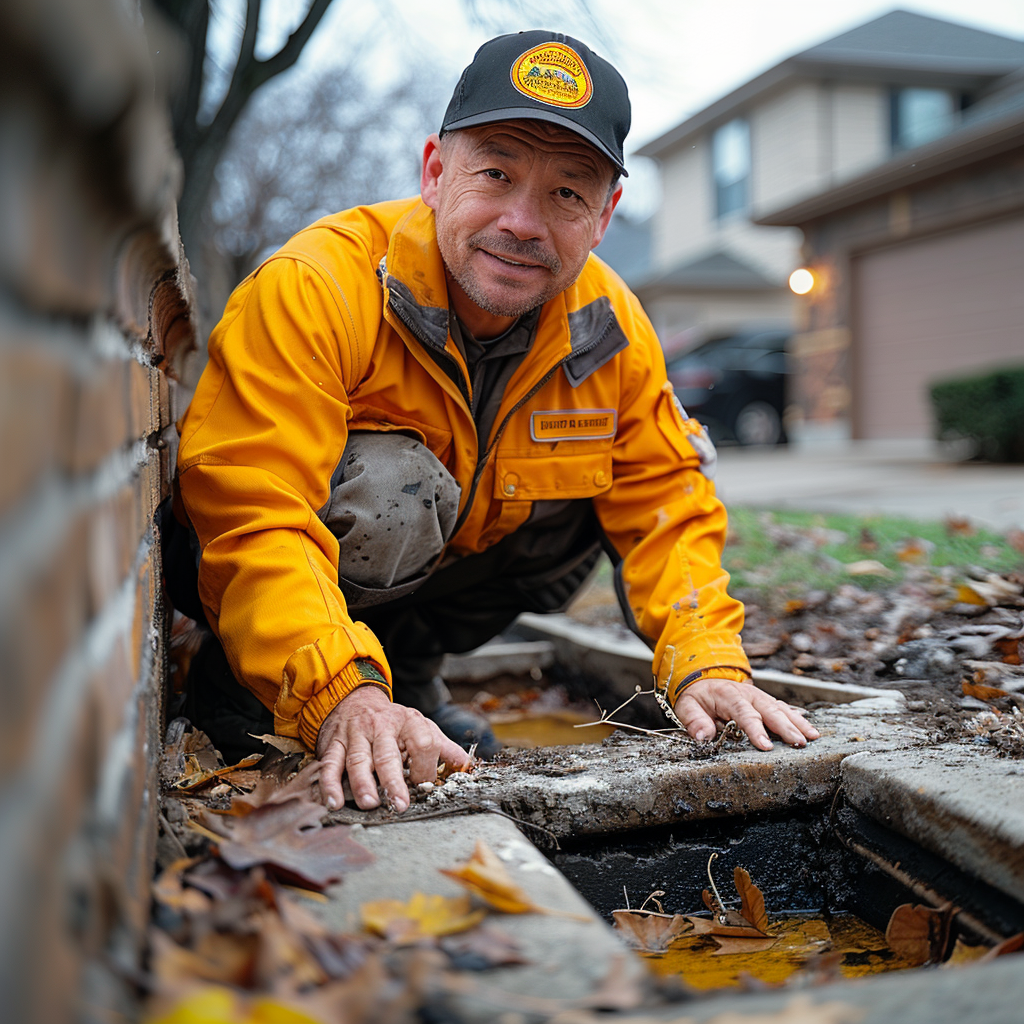
Regularly looking after your septic system is crucial. If you don’t keep up with it, sludge can pile up and stress the system out. This might lead to clogs or, worse, sewage coming back into your house. To avoid this, get your system checked often and pump out the tank every three to five years. Also, be careful about what you flush down the drains to make sure everything keeps running smoothly.
Simple Steps to Stay Safe During Septic Maintenance
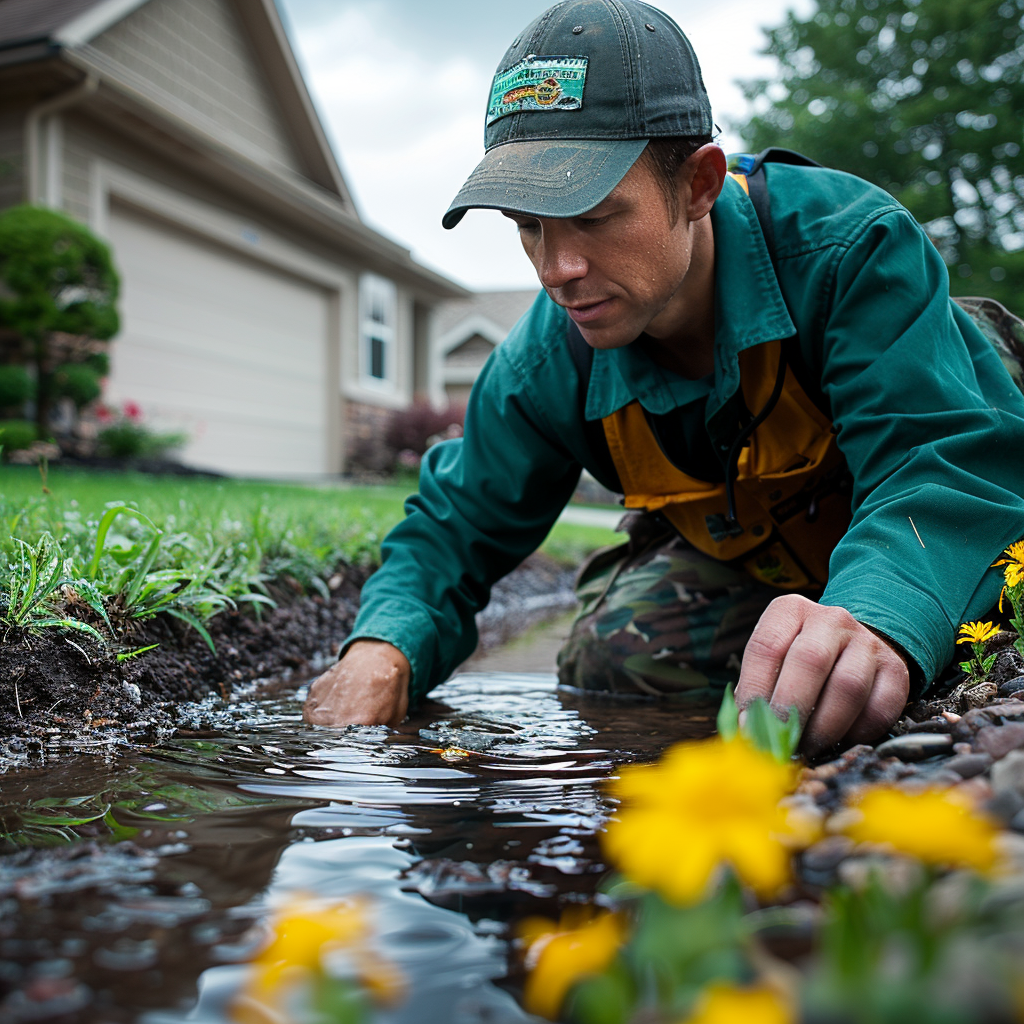
When you decide to work on your septic system by yourself, remember that safety comes first. The system has dangerous gases, so it’s key to wear the right gear like gloves and safety glasses. Also, entering a septic tank is a big no-no. Be extra cautious with electrical tools near wet areas and use the correct way to lift heavy covers to keep yourself from getting hurt.
If you don’t follow safety rules or mess up the steps, you could end up in an accident or mess up your system even worse. For small jobs, be careful, but for bigger issues, don’t hesitate to call in the pros. Some problems are too complicated and can be too much for someone without training.
Finding out if there’s a blockage is step one before trying to fix any clogs. Signs of trouble include sinks and toilets draining slow, weird bubbling noises from pipes, sewage backing up at home, bad smells outside near your septic area, or grass by the tank looking overly green and lush. Spot any of these and you’ll want to take a closer look to make sure there’s a blockage.
Signs of a Clogged Septic System
If you think your septic system might be clogged, look for certain signs. Toilets that flush slowly, sinks, and showers that don’t drain well, and sewage that comes up in your drains are typical warning signs. Also, bad odors coming from drains or near the septic tank and unusually healthy-looking grass over the drain field should catch your eye. These signs could mean your septic system needs quick action.
Understanding the Difference: Septic Tank vs. Line Blockages
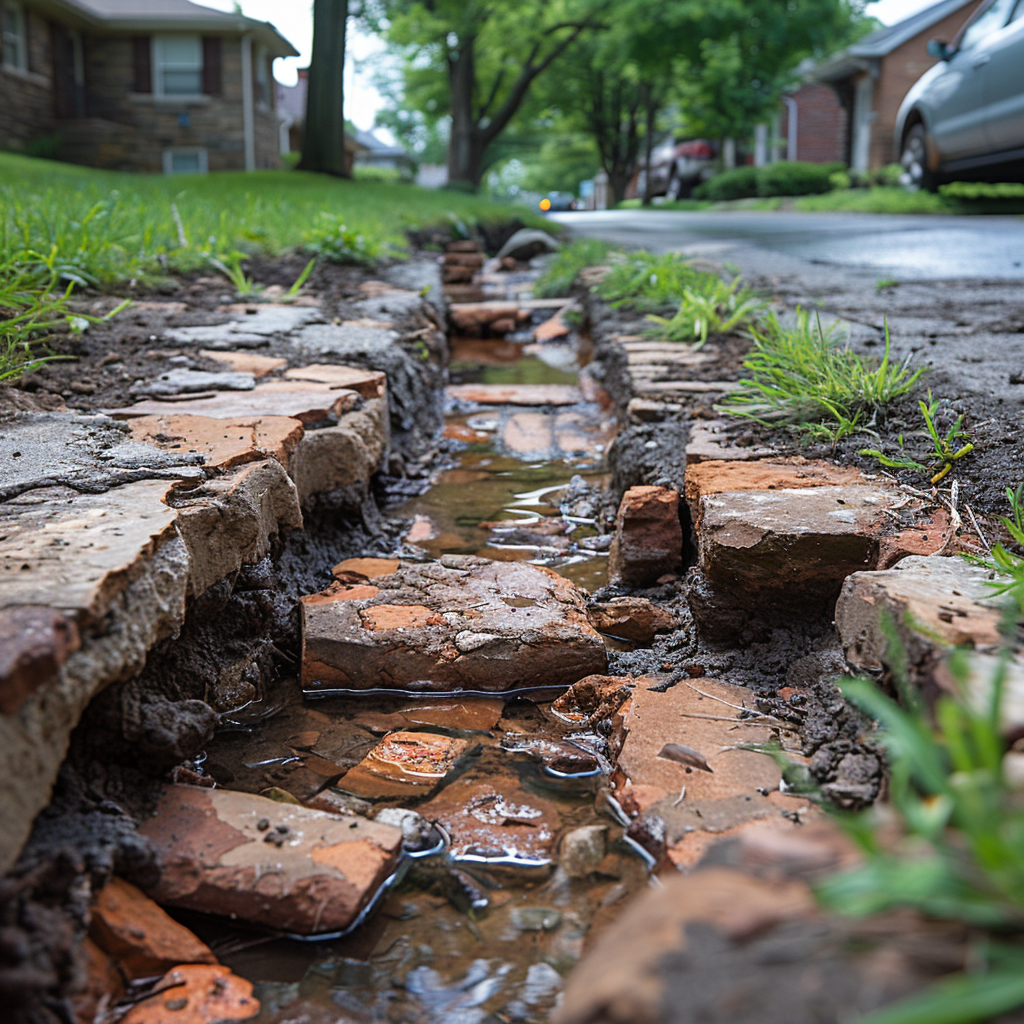
It’s important to know whether a blockage is in your septic tank or the lines connected to it. When just one sink or toilet isn’t draining well, the problem is probably in the pipe coming from that specific fixture. But, if several fixtures are having problems at the same time, the main line or the septic tank itself is likely clogged up. Figuring out this difference can save you from wasting time and money on the wrong solution.
Tools and Materials Needed for Unclogging
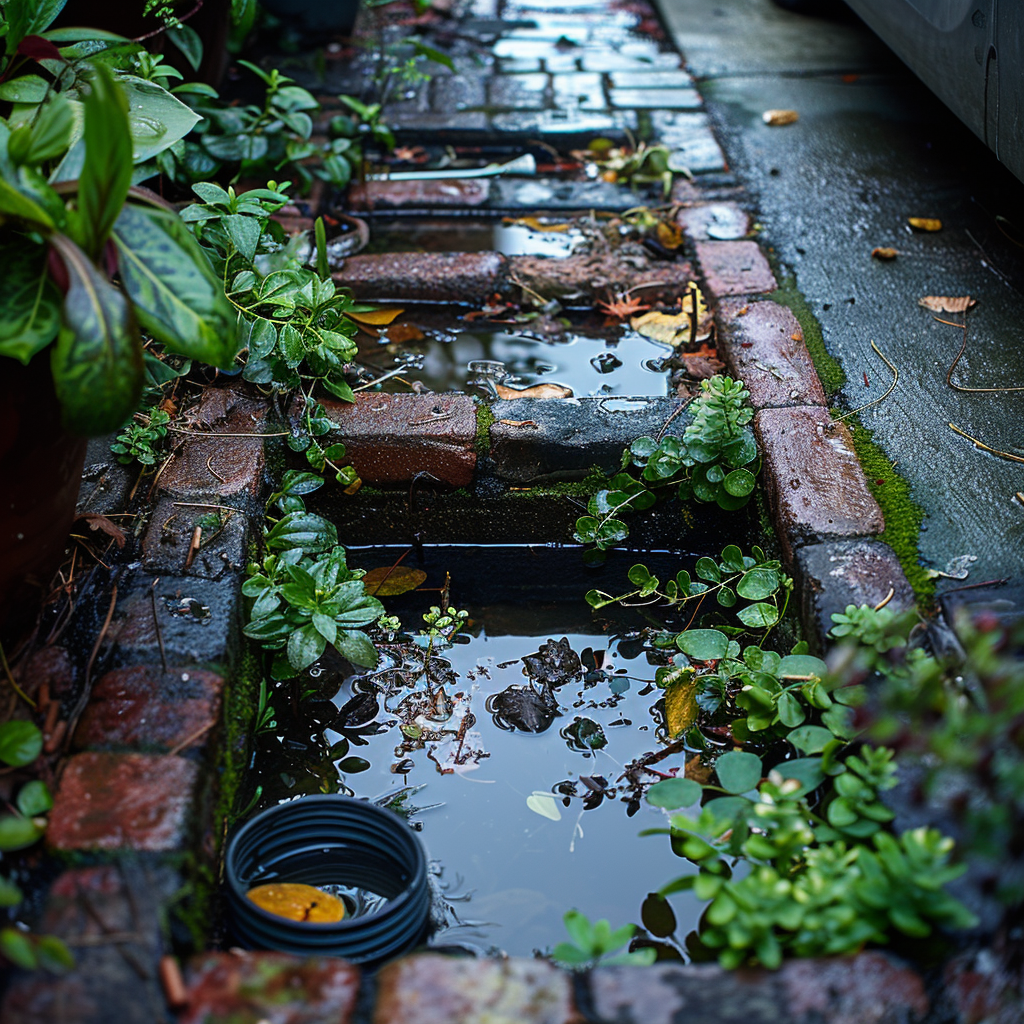
To fix a clogged drain, you’ll need the correct gear. This means getting a plumber’s snake or auger, which helps get rid of clogs deep in your pipes. You’ll also want enzymes made for septic system drains. They dissolve organic stuff but don’t hurt the good bacteria. Sometimes, if there’s too much water in the tank, you might need a sewage pump. Don’t forget to wear gloves to keep your hands clean from germs, and safety glasses to protect your eyes. A garden hose is handy too, for washing out pipes once you’ve removed any clogs. Be sure you have all this ready before you start.
Locating the Blockage
To successfully clear a block in your septic system, it’s crucial to pinpoint where the clog is. Start by looking out for warning signs, such as wastewater backing up in your home. This usually suggests there’s an issue somewhere between your house and the septic tank.
Inspection of the Main Drain Line
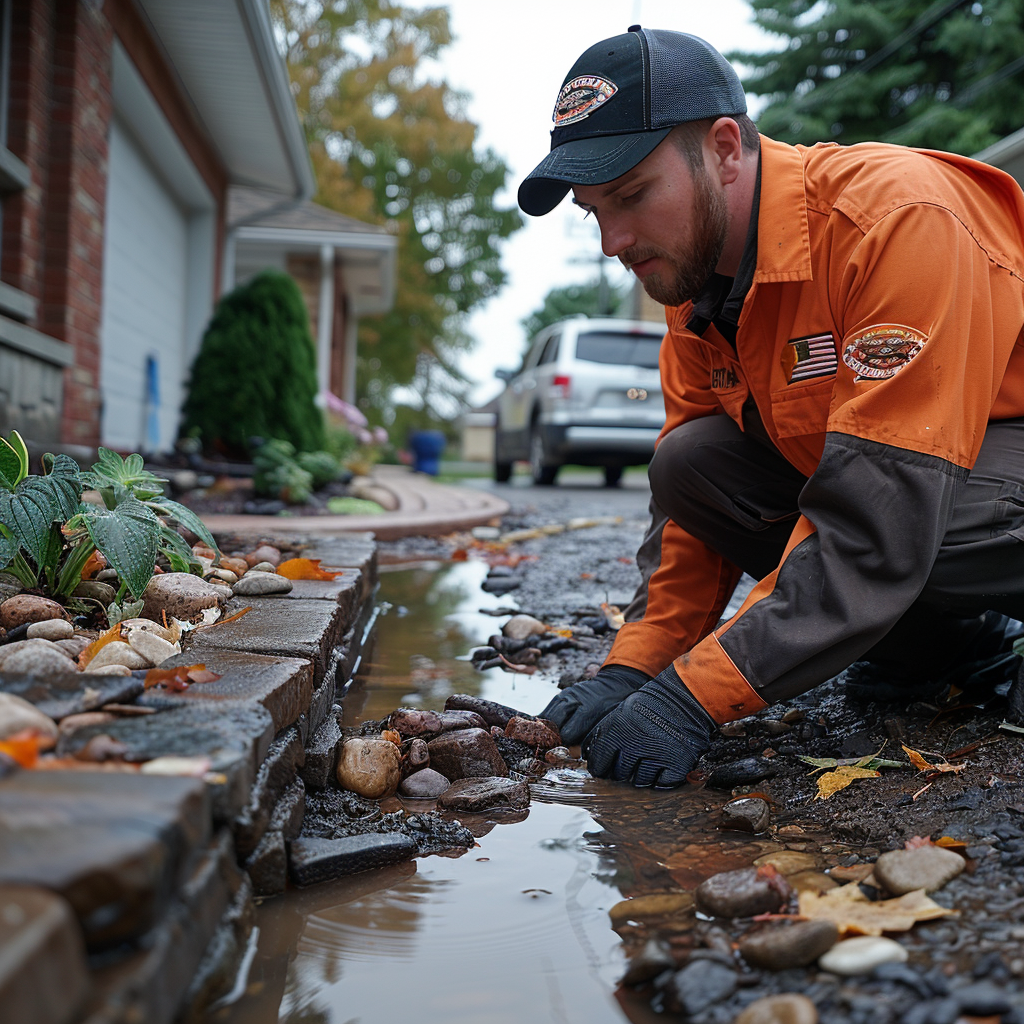
Looking over the main drain line is crucial. It’s responsible for moving waste from your house to the septic system. When you examine it, you could find problems that are creating clogs. A simple look might show you things blocking the flow or harm to the pipes.
Using a Drain Cleanout to Find Problems
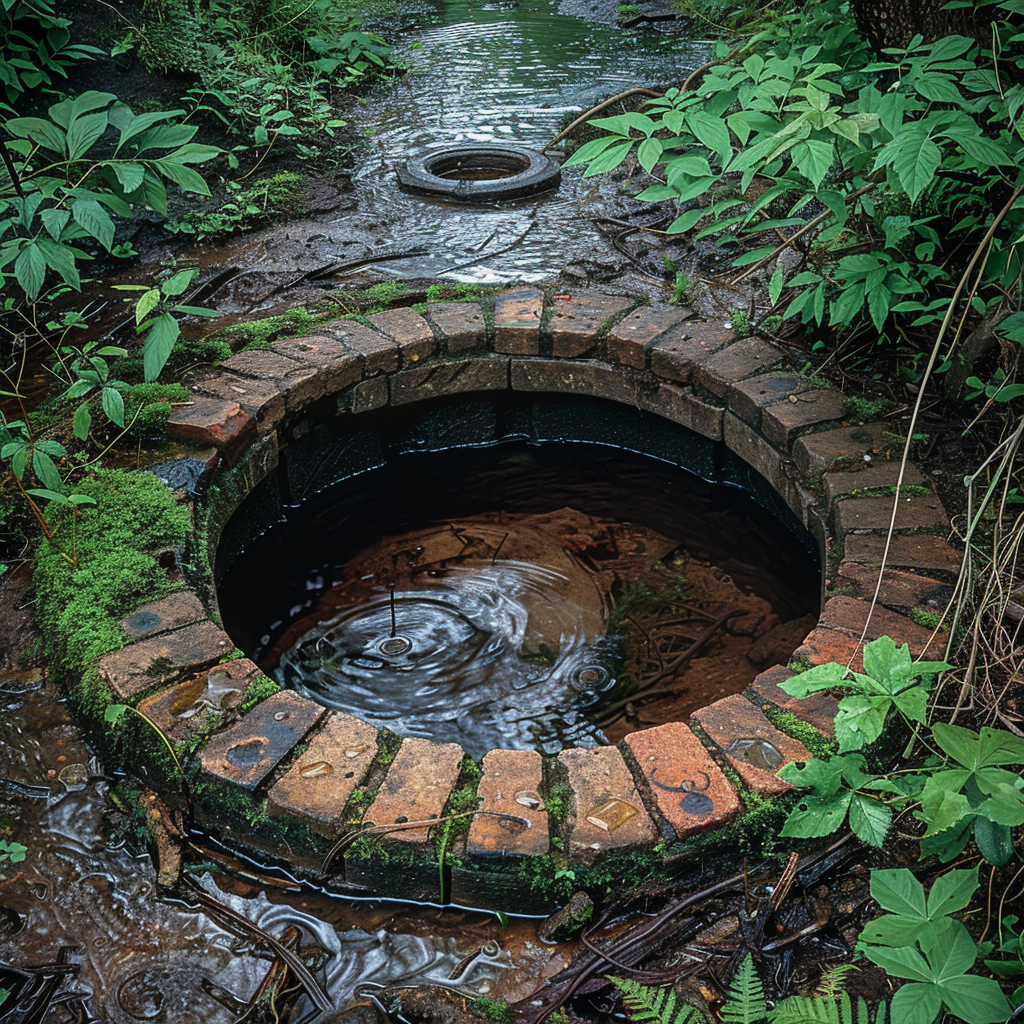
With a drain cleanout, you can get into your septic system easily instead of digging in the garden. It’s handy for figuring out and at times fixing blockages. When you open the cleanout, it’s pretty simple to figure if the clog is near your home or nearer to the septic tank.
How to Clear Blockages
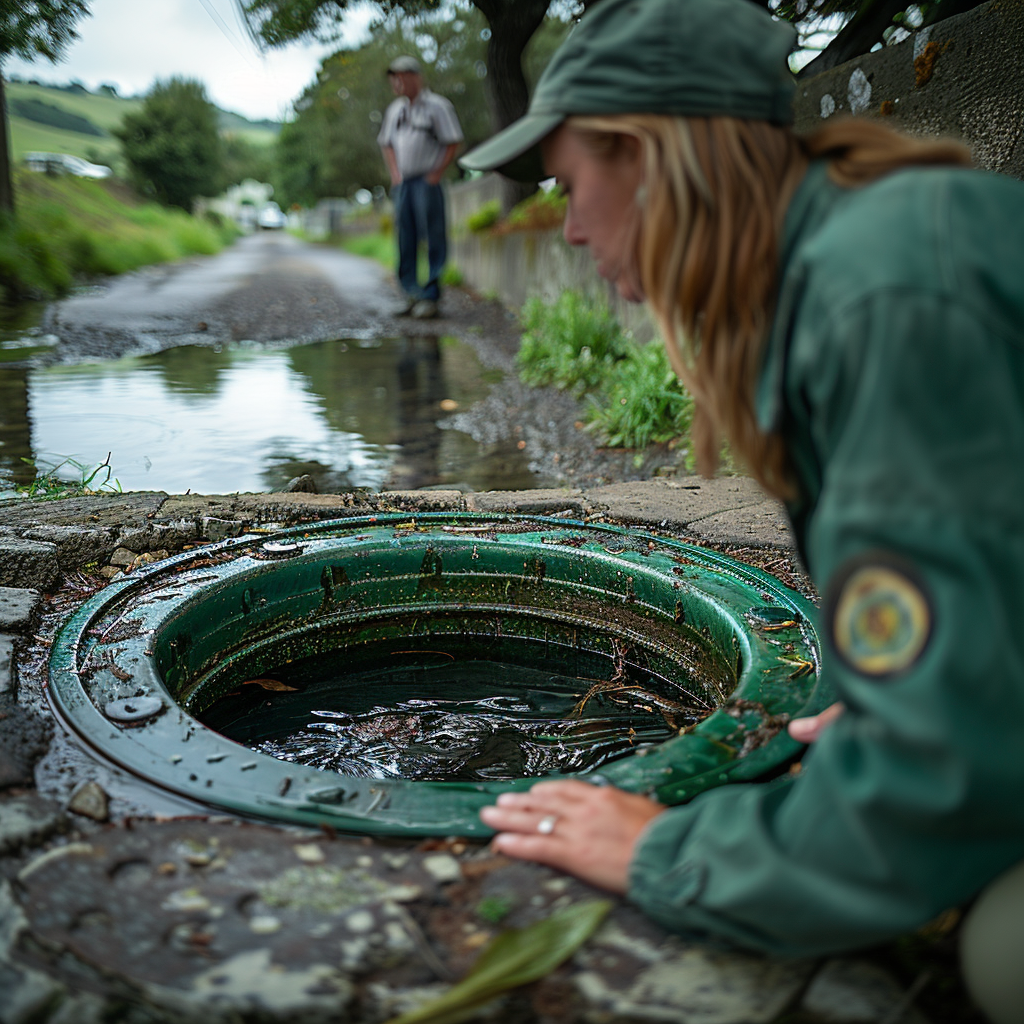
Using a drain snake is one way to tackle clogs. It’s a tool that twists through your pipes, breaking up the blockage as it goes. This method works well for tough clogs but may not work on the first try.
Water Power: Flush Them Out
Water power involves blasting the pipes with water to move soft clogs and build-up. The high-pressure flow can help clear out any debris, making your system run smoothly again.
Chemical Attack: The Bacterial Assist
You can also use enzyme and bacterial additives. These products digest organic stuff in your septic system without harming your pipes. They’re not quick fixes though – they take a bit to do their job.
Sure, here’s the rewritten content:
Simple Steps to Stop Clogs Before They Start
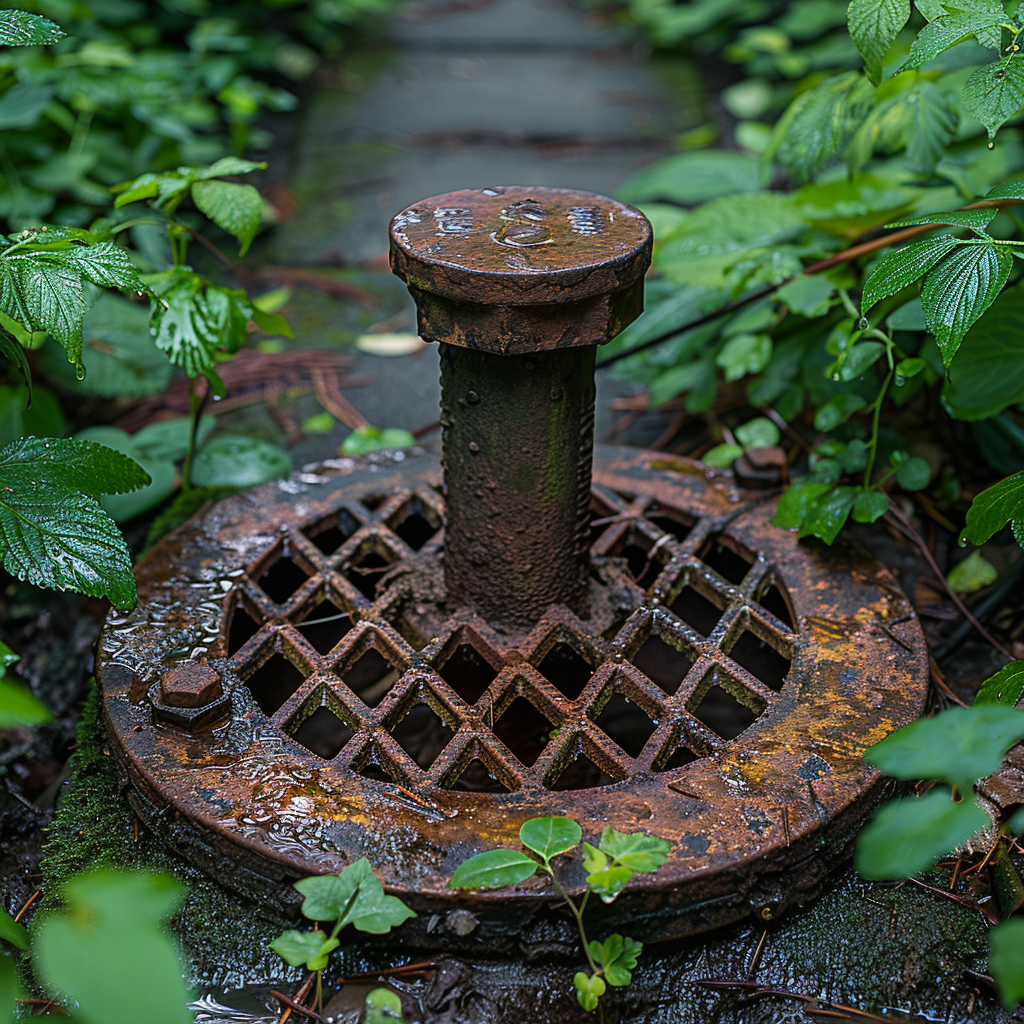
To keep your pipes clear in the future, you should do a few things. Watch what you’re putting down your drains. Don’t throw away grease, oils, or stuff that won’t break down in your toilet or sink. Also, it’s good to have your septic tank pumped on a regular basis. Following these tips and paying attention to your system’s performance will make it last longer and work better.
Finding Your Septic System’s Opening
First, figure out where your septic system has openings for cleaning. You’ll usually find these either inside your basement or outside close to the house, and you might have one close to the tank too. If you don’t know where they are, look at your home’s installation papers or ask an expert for help.
Checking Out How Big the Blockage Is
When you want to see how terrible the clog is, just pour some water from a hose down into the septic line through the access spot. If the water doesn’t go down well and starts coming back at you, it’s clear there’s something blocking the way that you’ll have to deal with. This isn’t gonna be a simple fix that you can sort out with just a bit of hard work.
Using Augers and Snakes to Clear the Line
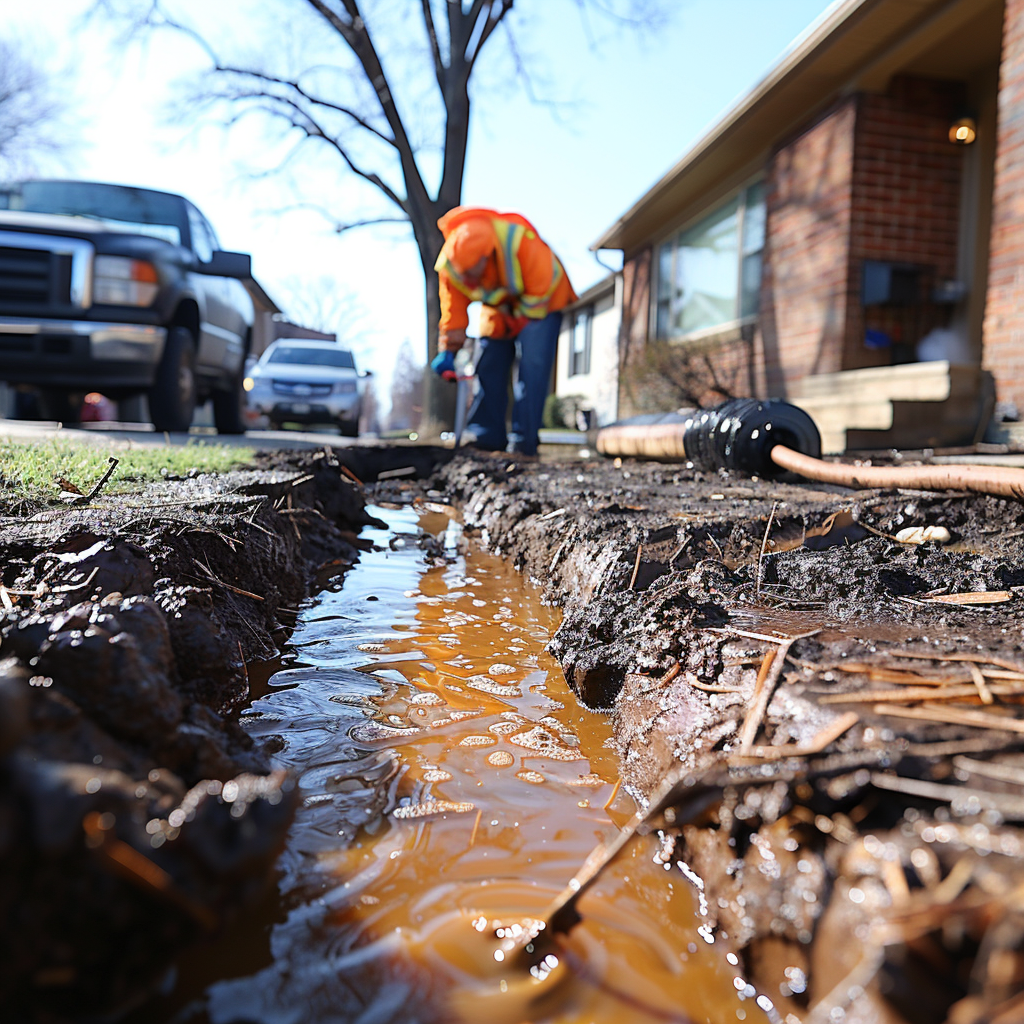
When it’s time to unclog your pipes, grab your plumbing snake or auger. Begin where you can get into the pipe and shove it down until it stops, which means you’ve found the blockage. Twist the snake around to break up the gunk, and then drag it out to remove whatever’s clogging the pipe. Stick with it; you might have to do this a few times to get it all out.
Dealing With Stubborn Blockages
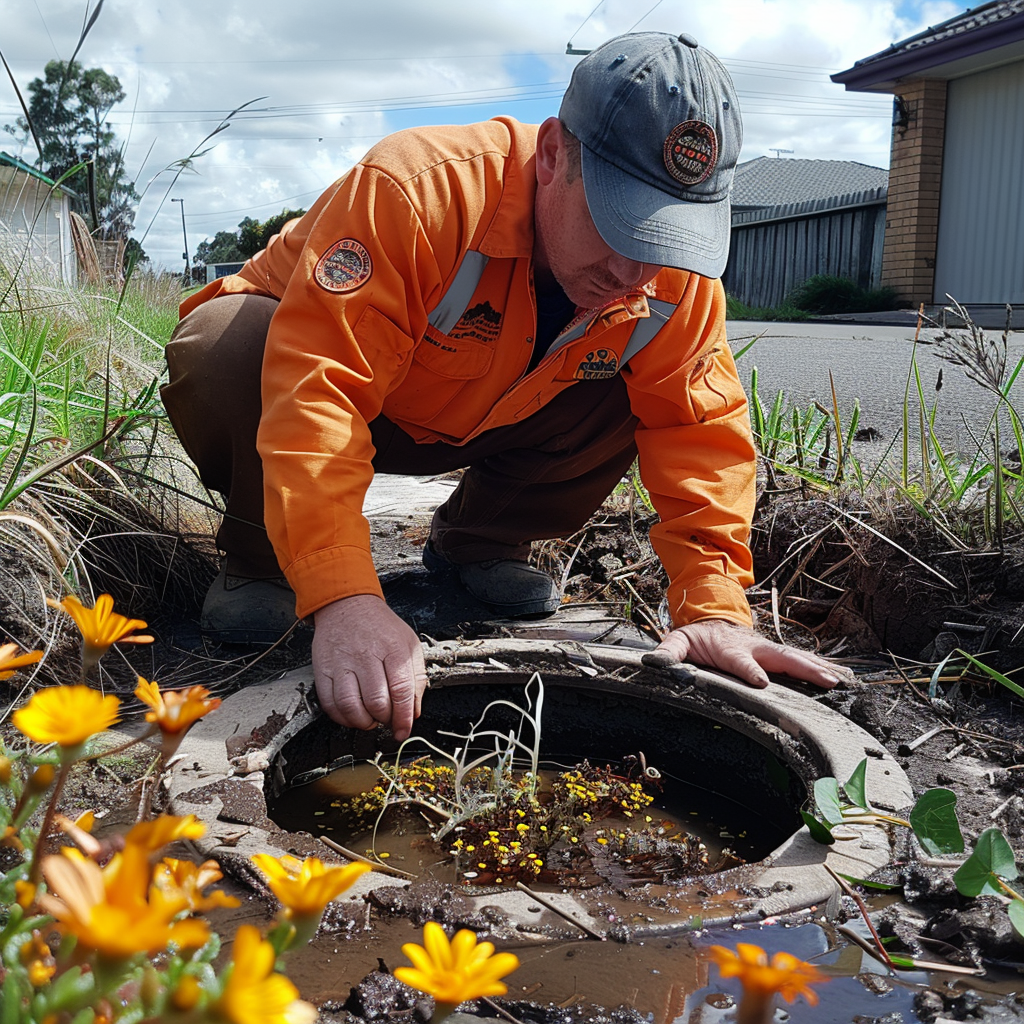
At times, the usual auger isn’t enough. When you’re faced with this:
Using a High-Pressure Water Jet
This method uses strong water streams to split up blockages. It’s quite effective but can also be risky for your pipes. So use it with care or better yet, call a professional.
Trying Out Eco-Friendly Cleaners
Environmentally safe cleaners may solve your problem without causing harm to your plumbing system. Just pour them down into the sewer line, wait a bit for them to work, then flush the system with lots of water.
Post-Unclogging Line Inspection and Testing
Once you think you’ve gotten rid of the blockage, it’s time to check your work. Let water run through the pipes. If it moves without trouble, good job – you’ve probably fixed the issue! But watch out for any new clogs soon; they can be tricky.
Understanding the Role of the Drain Pipe
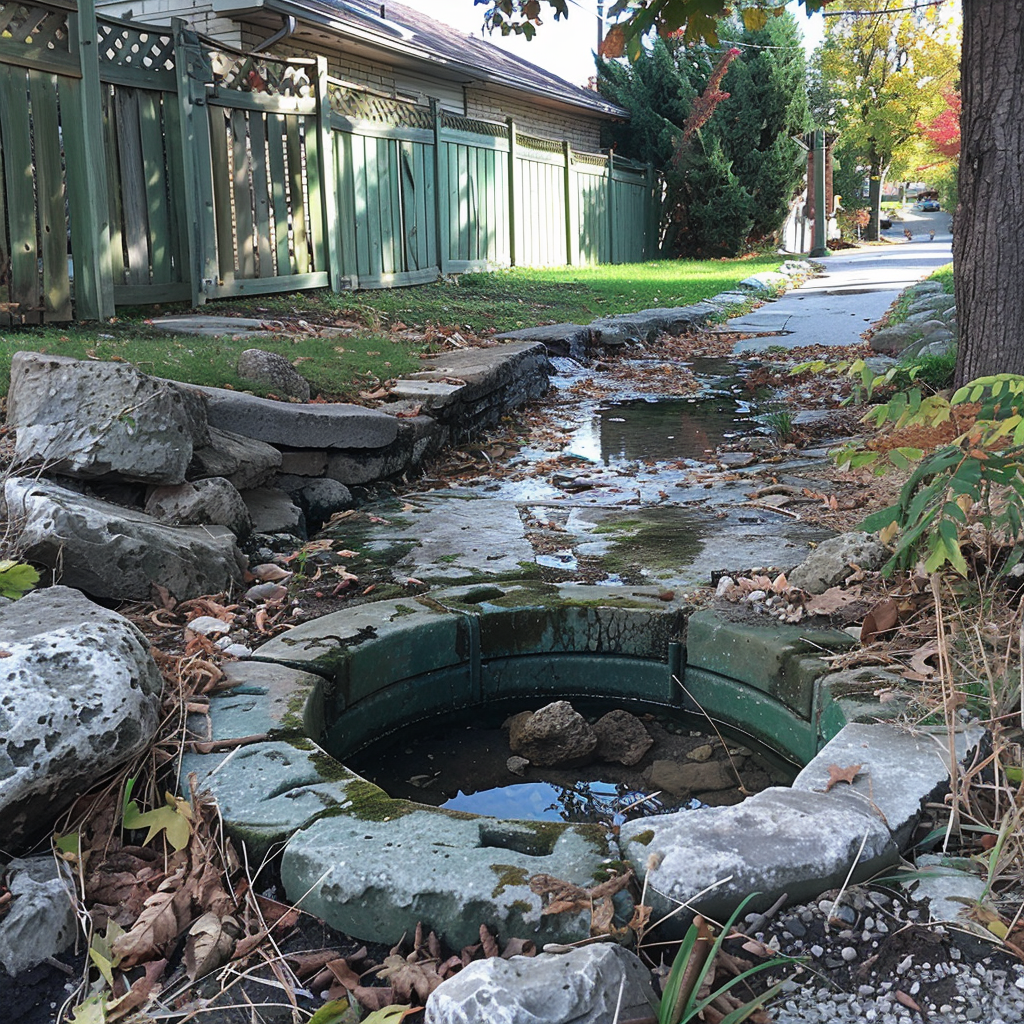
The drain pipe in your septic system is super important for getting waste out of your house and into the septic tank. Keeping it in good shape is key to making sure everything works right and keeps things clean. If it gets clogged up, you need to fix it fast. or else you’ll have more problems on your hands.
How to Unclog a Drain Pipe
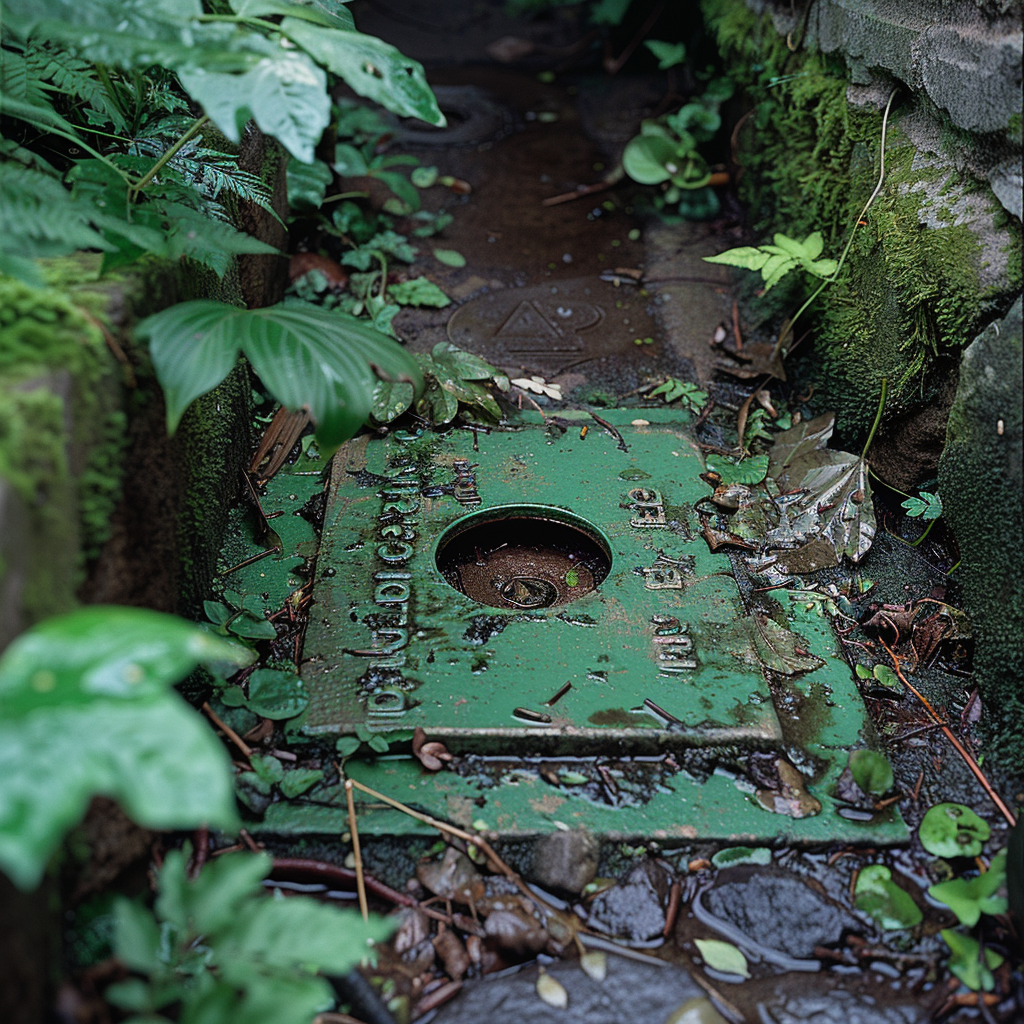
Begin by looking inside the drain pipe opening. You might see blockages like roots or trash that can be pulled out with your hands. If you can’t reach the clog, you’ll need to try other methods.
Using Your Hands: Rodding and Scraping
For rodding, stick a long, bendy rod into the pipe to poke through the clog. When scraping, attach special tools to the end of a rod to get rid of buildup in the pipe.
Cleaning Out the Pipe
After getting rid of as much gunk as you can by hand, wash out the pipe with lots of water. This should help wash away any stuff that’s left sticking to the pipe walls.
Easy Ways to Keep Your Drain Pipe Unclogged

To avoid clogs, make a habit of cleaning and checking your septic system often. Catching problems early makes them simpler to fix.
How to Throw Away Waste Without Causing Clogs
The stuff you put in your drains can really affect your septic system’s condition. To prevent issues, be careful about what you toss. Wipes and cooking oil, which don’t dissolve well, should never go down the drain as they tend to clog up the system.
If you’re dealing with a backed-up septic tank, don’t stress. Tackling it is usually pretty easy. Start by figuring out where the problem is. If it’s in the pipe, you might need to use a plumber’s snake or an auger to clear it out. On the other hand, if the tank itself is clogged, it might need to get pumped. Always remember that staying safe is key, so put on gloves and goggles before you get to work.
Fixing Usual Problems with Your Septic System
It can be tough when your septic system acts up, but knowing the usual issues can help you fix them fast. Watch out for stuff like drains that take forever, a bad smell, or water on the ground. These could mean there’s a blockage or too much water.
You should check your system often for breakages or holes in the tank and pipes. If something does go wrong, it’s a good idea to call in the experts for help.
Frequently Asked Questions (FAQ)
What steps should a homeowner take to unclog their septic tank using baking soda?
To unclog a septic system with baking soda, start by flushing 1 cup of baking soda down the toilet. This simple method can provoke a reaction that may help clear minor clogs in the system.
Can vinegar and baking soda be used to treat clogs in household plumbing systems?
Yes, a mixture of vinegar and baking soda is often effective for treating clogs. Pour a cup of baking soda followed by a cup of vinegar into the toilet, wait for the fizzing reaction to subside, then flush with hot water to cleanse the pipes.
Is it possible to DIY a mainline blockage solution with household items like sugar or lemon?
For a mainline clog, a homeowner might try a homemade solution such as pouring a mixture of lemon juice and baking soda down the drains to leverage the acidity for breaking down solids. However, this method may not be powerful enough for severe blockages.
How does one use a home remedy like dry yeast to maintain the bacteria balance in their septic system?
By flushing a packet of dry yeast down the toilets monthly, homeowners introduce beneficial bacteria that can help break down waste and prevent system clogs.
Can boiling water improve septic tank drainage and help unclog the system?
Using boiling water can assist in dissolving organic material in the pipes. Slowly pour a few gallons of boiling water down your drains to aid in clearing minor clogs.
When using home remedies, how much patience is required before expecting results in your septic system?
Home remedies, such as baking soda and vinegar mixtures, require some time to work effectively. Give these methods several hours or even overnight to act before assessing their success.
Are chemical drain cleaners safe and effective for use in a septic system?
Chemical drain cleaners are usually not recommended as they can damage septic system components and harm the essential bacteria within the tank.
How does regular use of treatments like cornmeal impact septic system function?
Adding cornmeal to your septic system can theoretically feed friendly bacteria due to its natural composition but should be done cautiously and sparingly to avoid upsetting the tank’s biome.
What specific risks are associated with attempting to clear a blocked septic tank without professional knowledge?
DIY efforts without proper knowledge or tools might cause damages, such as bursting pipes or damaging the leach field, which could put your entire wastewater treatment system in jeopardy.
How can utilizing a plumbing auger help resolve a septic system clog on your property?
A plumbing auger can mechanically breakdown and remove clogs deep within the drain lines, helping to restore proper flow without resorting to harsh chemicals that could harm your septic system.

I’m Tim Robberts, a seasoned wastewater treatment & septic system expert with over 40 years of experience in the field. My career began as a septic tank installer, and I quickly gained a reputation for my attention to detail and commitment to excellence. Over the years, I’ve honed my skills in designing, installing, and maintaining septic systems for residential and commercial properties.
